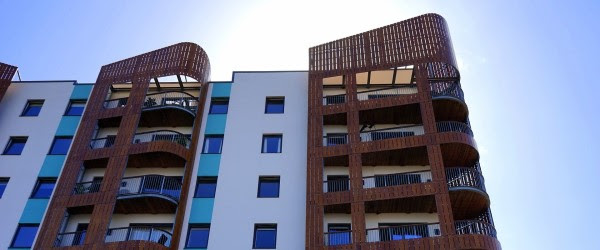WOBO thanks SHP for the link to the article considering safety of “disabled within the social housing context”.

Both the Equality Act (2010) and the Regulatory Reform Order (2005) require social housing providers to ensure residents with disabilities are not placed under unfair disadvantage and can safely leave their home in the event of a fire.euq
According to the London Fire Brigade, a third of people who die in fires every year are looked after by a carer. Cognitive and/or physical abilities that may arise in ageing populations are factors that can influence the probability of a fire, fire detection and the ability to extinguish it or evacuate the property. Therefore, the monitoring of individual residents’ home environments is critical to mitigating risk and fire prevention.
The charter for social housing residents: social housing whitepaper, published in November 2020, sets out the actions that the UK Government will take ‘to ensure residents in social housing are safe, are listened to, live in good quality homes, and have access to redress when things go wrong’.
Brought about by the tragic events of the Grenfell Tower fire in June 2017, the whitepaper provides an opportunity to raise the bar on standards in the sector, which is home to four million households.

